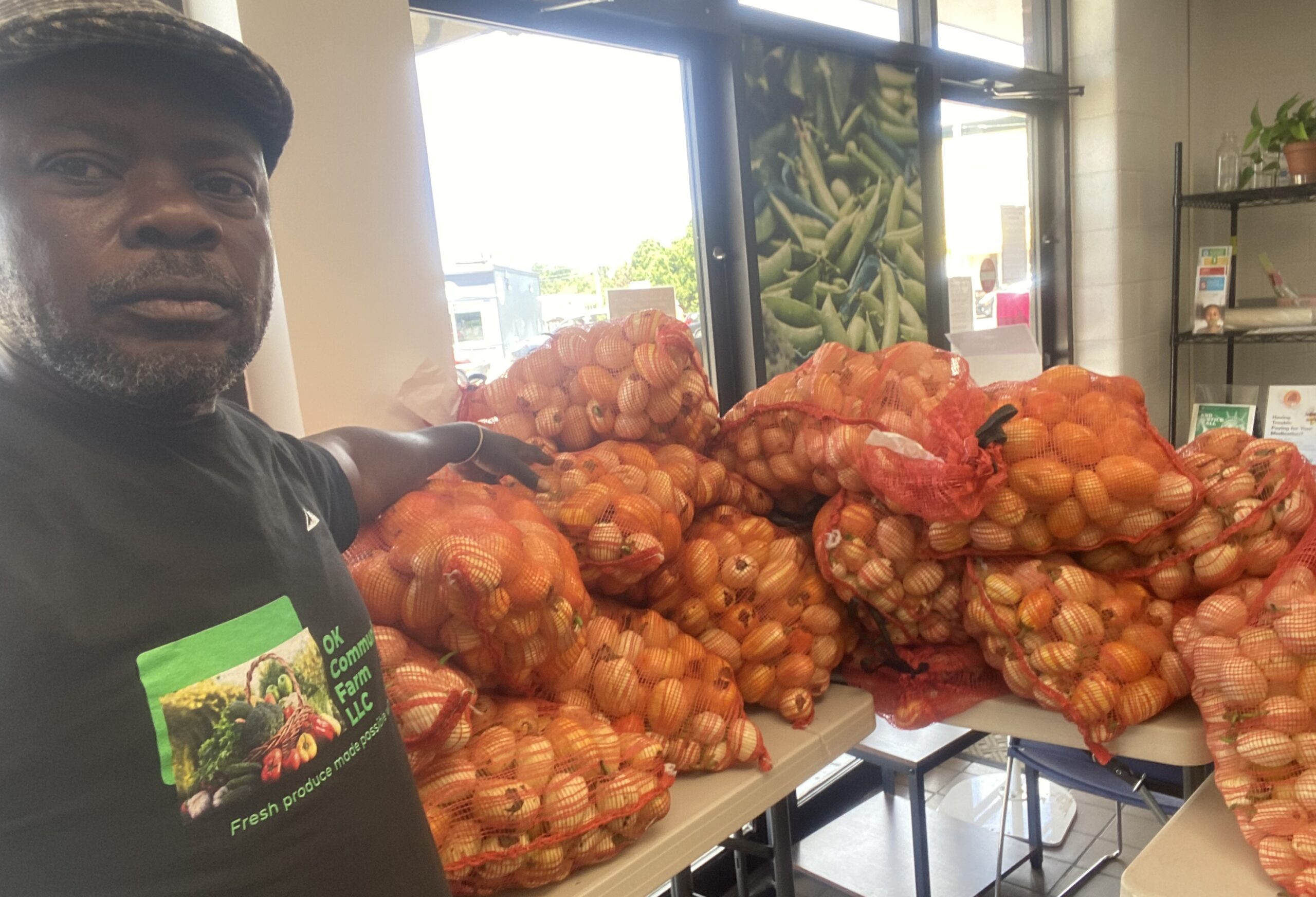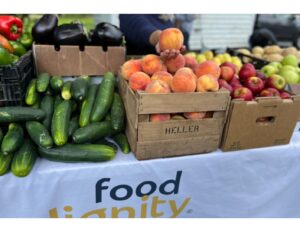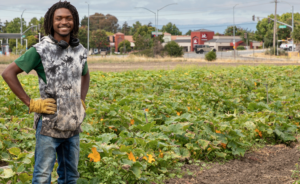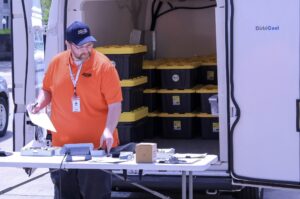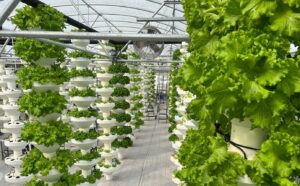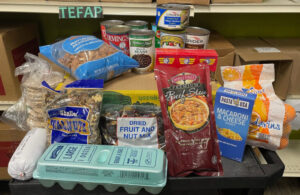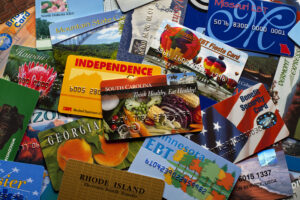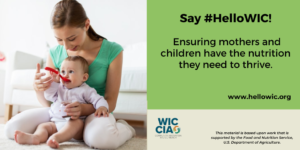By all accounts, a program that the USDA introduced in late 2021 to help local farmers grow nutritious food for underserved communities has worked out exceedingly well (Food Bank News first wrote about it here.)
The Local Food Purchase Assistance program has resulted in nearly $700 million of funds going to farmers and ranchers nationwide, helping to get food to people who need it and generating more than $1.5 billion in local economic impact, according to a 2023 report from the Wallace Center.
While funding for the original program is scheduled to wind down soon, there are hopeful signs that federal support will continue. In March, a group of senators introduced a bill that would create a permanent program to sustain the efforts of the LFPA.

Whether the program becomes permanent or not, hunger relief organizations involved in this work say they remain committed to maintaining relationships with local farms and producers. “We will continue this partnership into the future because it works and it is having astounding impacts for everyone involved,” said Jesse Rye, Executive Director of Farm Fresh Rhode Island, a community food hub in Providence, RI.
Farm Fresh Rhode Island has been connecting food pantries with farms since 2015 and scaled this work dramatically during the pandemic with the support of the Rhode Island Community Food Bank. Post-pandemic, Farm Fresh has led a statewide partnership with four other nonprofits to implement a $1.65 million LFPA grant, administered via the RI Department of Environmental Management.
Additionally, Farm Fresh has partnered with 48 farms, even commissioning them to grow certain crops favored by clients accessing food from agencies of the RI Community Food Bank. All of this connects the local agricultural community to organizations striving to source high-quality local food.
“All of these organizations have played a vital role in making our local food system more equitable and accessible,” Rye said. “The public funding through the LFPA has made it possible for all of our organizations to increase the scale and impact of connecting farmers and fishers and folks who don’t have enough to eat.”
Good Shepherd Food Bank of Maine established its Mainers Feeding Mainers program in 2010 with nine farm partners. The program has now grown to 94 farms, invested $3 million over three years as well as $400,000 from LFPA, and distributed 95,000 pounds of fresh produce across the state. Close to 35% of the produce, milk, cheese, and meat that the food bank distributes is Maine grown, and the goal is to reach 50 percent, said Nancy Perry, Senior Sourcing Manager.

“Our farmers look at the food bank as one of their main customers, and to see the relationships that they have with Maine’s hunger relief network is priceless,” Perry said. “To keep Maine products in Maine is definitely a great focus for us,” she said, adding that the food bank will continue to pursue funding opportunities to support local farms regardless of budget cuts.
At the Capital Area Food Bank in Washington, D.C., about 40% of the food it distributes is fruits and vegetables, and the majority of that is locally sourced in the growing season, said Molly McGlinchy, Deputy Chief of Programs and Innovation. It started working with local farms in 2012, and with approximately 30 farms now, it serves 3.8 million meals of local food to its community. “Those partnerships have really allowed us to provide a range of fresh, local, culturally familiar foods for our clients,” McGlinchy said.
A $2.4 million LFPA grant and other funding enabled Capital Area Food Bank to buy 42% more food than a year prior. “We recognize that it’s important to invest in our local farmers. We’re committed to continuing to find ways to grow these relationships. Developing these partnerships is really based on sustainability and we want to support these growers over time,” McGlinchy said.
The LFPA grants have highlighted the role food banks can take in developing connections between under-resourced farmers and communities. “The LFPA has paved the way for food banks to be a leading actor in market development,” said Susan Lightfoot Schempf, Co-Director of Wallace Center. By targeting local, socially disadvantaged producers, the LFPA funds “really lined up new partnerships and interesting relationships that, frankly, we’ve only seen in very small levels previously,” Schempf said.
The LFPA funding helped ramp up farm to food bank programs to “a whole new scale, which is a huge move for smaller producers that for many years have been wanting to access institutional markets like food banks, but haven’t really had those commitments made by food banks, schools, hospitals, etc. And this funding opportunity is really making it possible,” Schempf said.
Farmers see these relationships as a boon to their business. Good Shepherd Food Bank is the only customer of OK Community Farm in Lewiston, Me. “We sell everything we have to them,” said Omasombo Katuka of the farm. “People are loving it. It makes me happy also, because you can make $30,000 for six months. That is good money for us.” – Annie Sherman
Annie Sherman is a freelance journalist and contributing editor in Rhode Island, where she covers the intersection of food and culture, sustainability and the environment, travel, local business, and design.
CAPTION FOR PHOTO ABOVE: Omasombo Katuka of OK Community Farm sells all of its produce to Good Shepherd Food Bank.
Like what you’re reading?
Support Food Bank News
